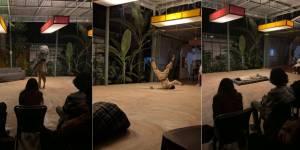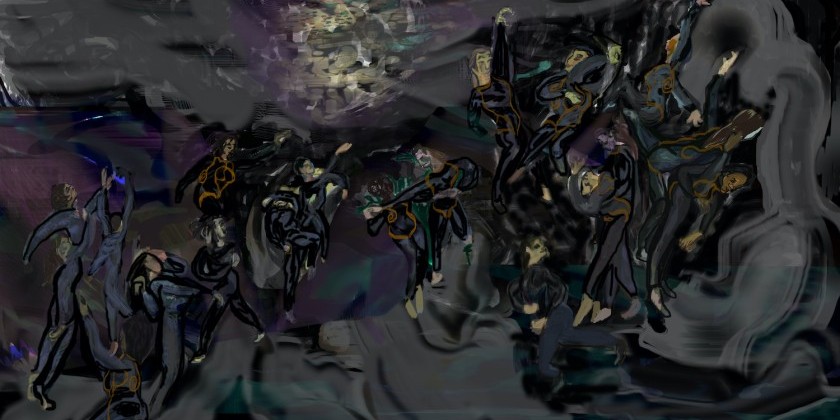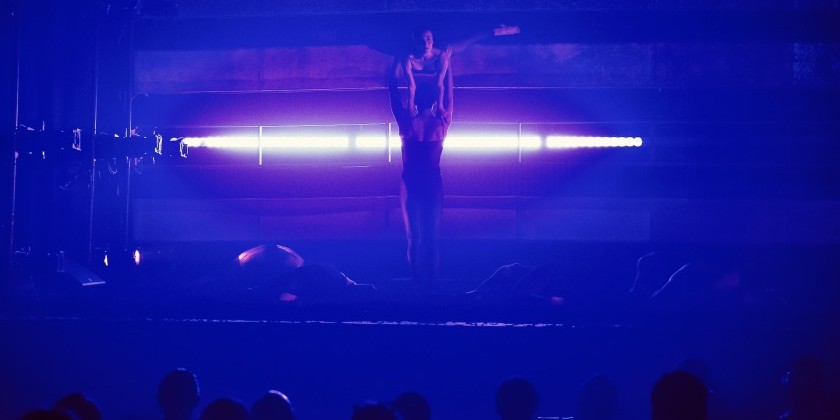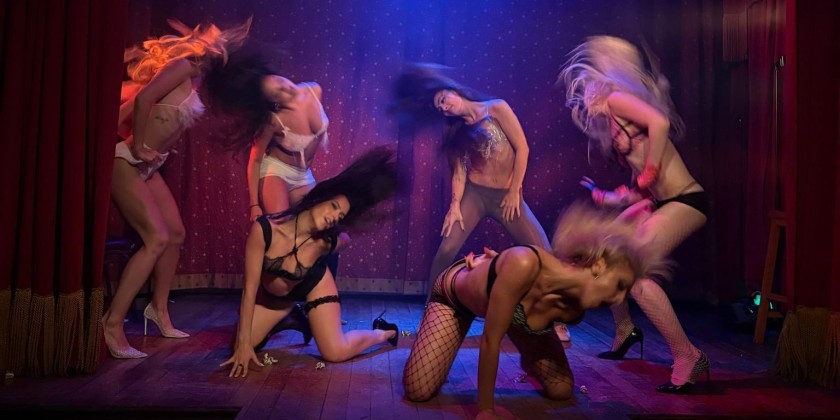AUDIENCE REVIEW: Papaioannou’s "The Great Tamer"
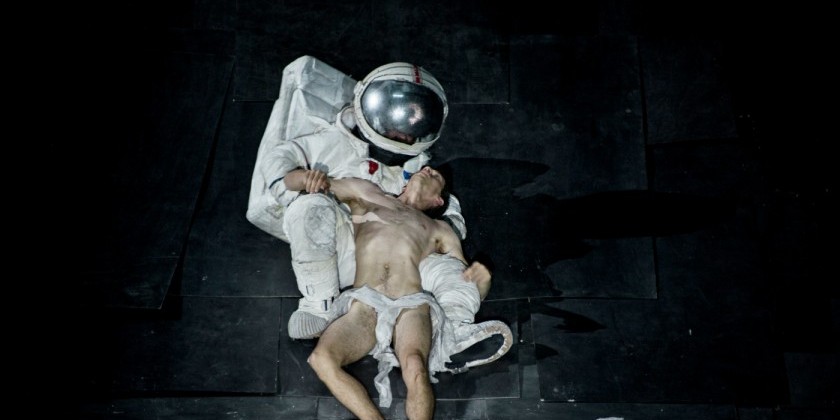
Performance Date:
15 November 2019
Freeform Review:
The lobby of Brooklyn Academy of Music (BAM) more closely resembled Port Authority Subway Station during rush hour than a theater fifteen mins before the top of performance. As thousands of people siphoned through, I noticed diversity in the theatergoers on this Friday night was unlike anything I had ever seen. From stiff-necked businesspeople to eccentrically dressed artists and everything in between, we congregated in the halls of the early 20th-century building for a single reason, to experience Dimitris Papaioannou’s the “Great Tamer.”
As a director, choreographer, performer, and designer, Papaionnaou has become an icon in Greece’s contemporary art scene and received international recognition for his experimental approach to movement performance. “The Great Tamer” is a testament to his creative excellence as it demonstrates how his ability to marry the simple to the avant-garde and blend the lines between reality and fantasy.
The performance began the second the stage comes into view as one dancer is walking intently around the raked installation of overlapping boards. After a time, the lone dancer paused downstage center in a turned in the fourth position and stared out at the audience, frozen like a statue. His stillness and silence demanded the audience’s attention the way a teacher stands at the front of the classroom patiently waiting for the students to settle and shift their focus to the front of the room. Our attention fixed, we anxiously awaited for something to happen. Little do we know that we are about to embark on a journey through grimly whimsical microcosm and witness surrealism in action.
There was a sense of monotony and mundanity in the way a dancer disrobed and laid on a whiteboard like a patient on a surgical table. While one man covered him in a cloth, another employed the wind of a falling board to expose him. This cycle repeated as the man remained motionless, made me think how events are happening in equal and opposite reactions can affect a person whether they show it or not. We met an anxiety-inducing astronaut conducting an archeological dig for human life, complete with ominous breathing of the masked dancers and dirt that revealed an excavated man. Then we witnessed a cannibalistic feast of the aforementioned freshly farmed human. These and other scenarios were thought-provoking as the piece touched on several key elements of the human experience: birth, hunger, pain, religion, indoctrination, sex, life, and death.
Papaioannou’s respect for the human body as an aesthetic aspect of the performance enhances the production. I am always skeptical of the use of nudity in live theatre because it is too often exploited as a shortcut for the piece to achieve artistic depth. However, he neither avoids the obvious sexual implications of nakedness nor overtly emphasizes them to the point of the piece becoming pornographic. The nudity allows Papaioannou to add humor by way of having dancers use their costumes to expose parts of their bodies and cover the rest to mimic dismemberment or create a being with a left leg where a right should be and vice-versa. These and other manipulations of the set and each other executed by the dancers were extremely visually appealing, and I appreciated that there were no attempts to beautify the struggle of completing some of the more difficult movement and stage manipulations. Yet, the nudity is only one cog in the machine. A machine that can only function successfully because the dancing, costuming, lighting, staging, and sound-scaping are also fully realized concepts working together.
The spectacle was something to behold left with me, and surely every other person in that theater, with reason for contemplation, realization of the greater potential of performance art, and inspiration to continue investigating possibilities. My advice is that is you have an opportunity to see Papaioannou’s work, do not hesitate to seize it.
Author:
Aitana L. Jordan




